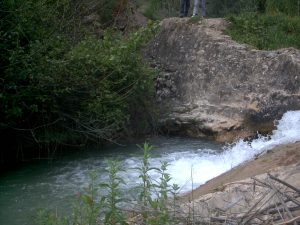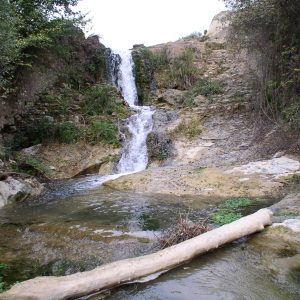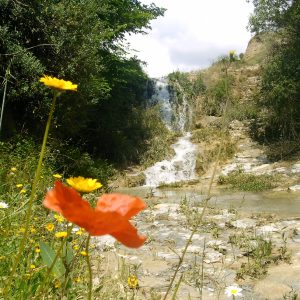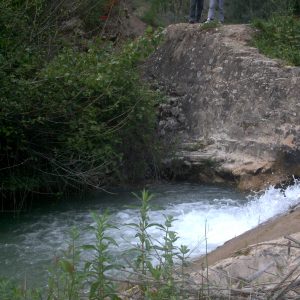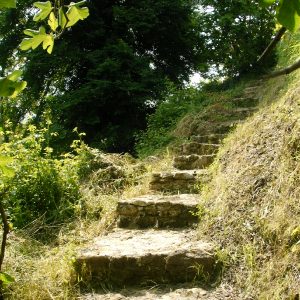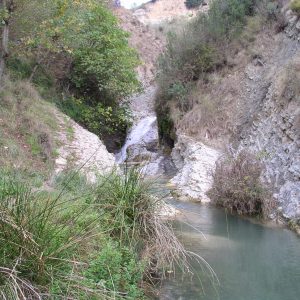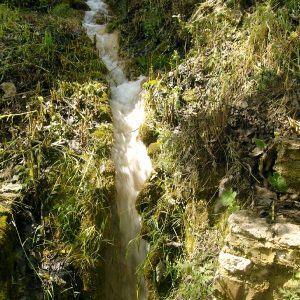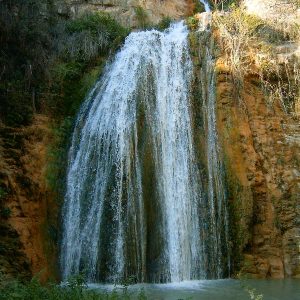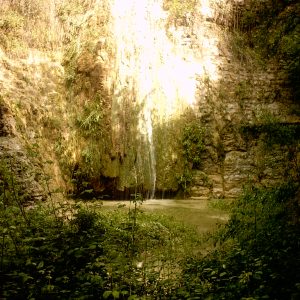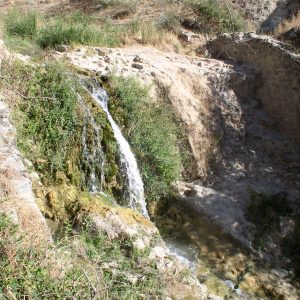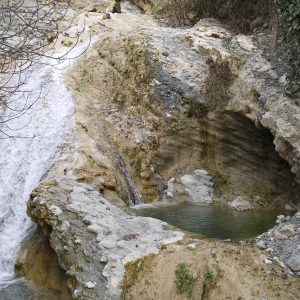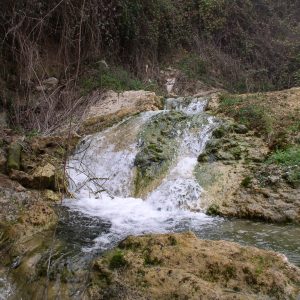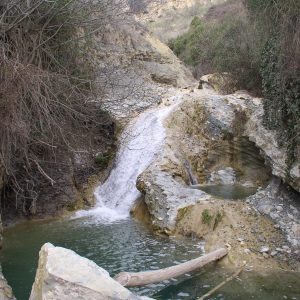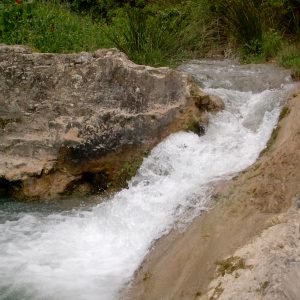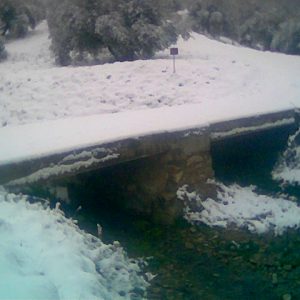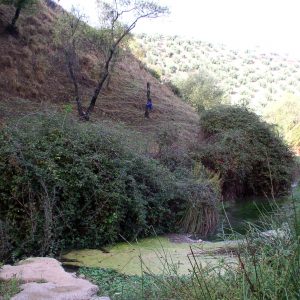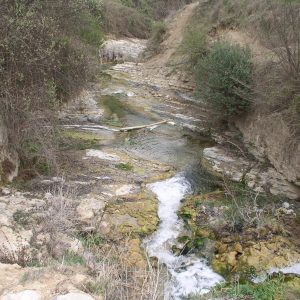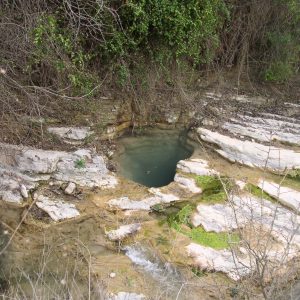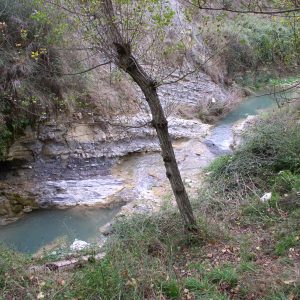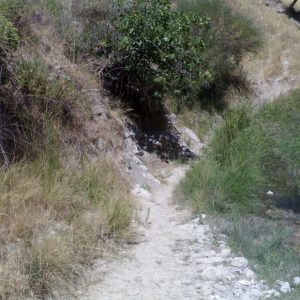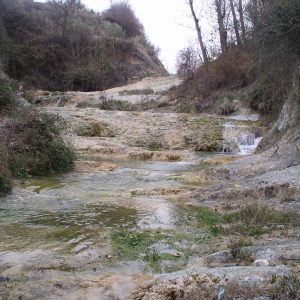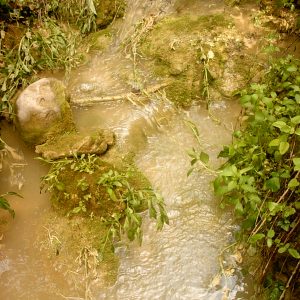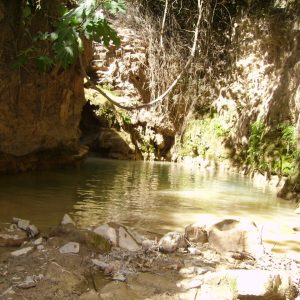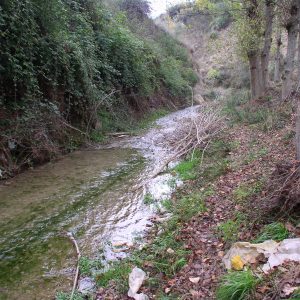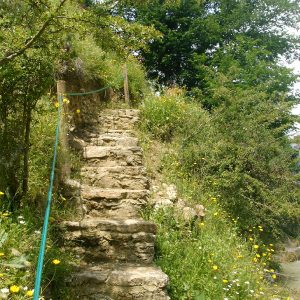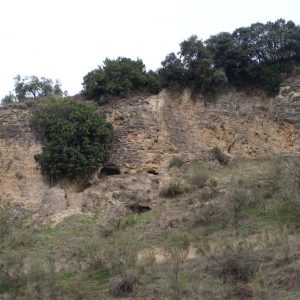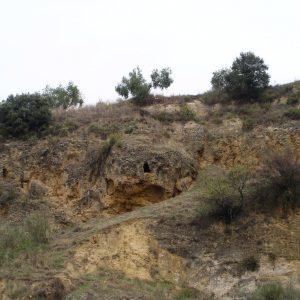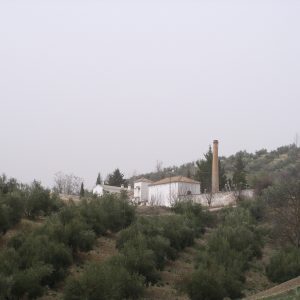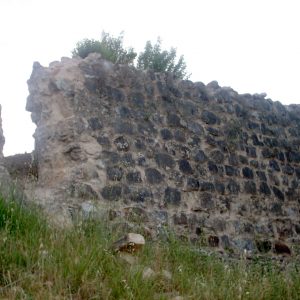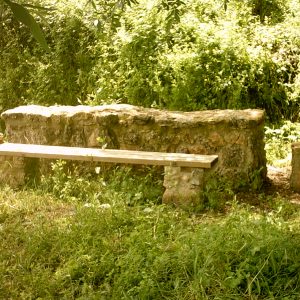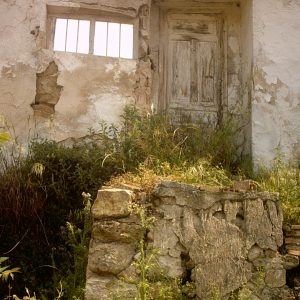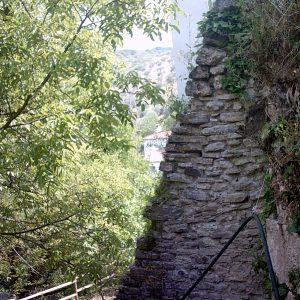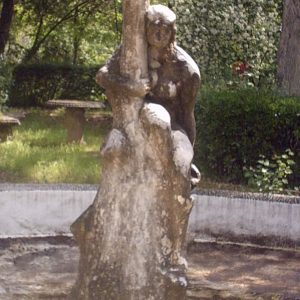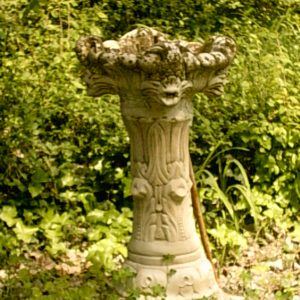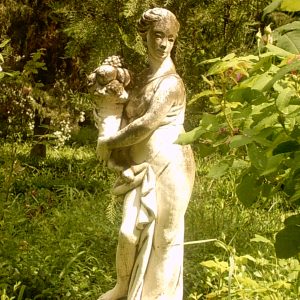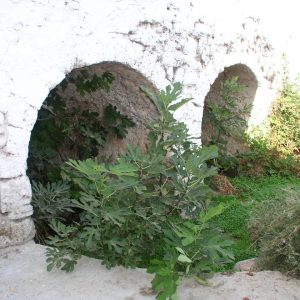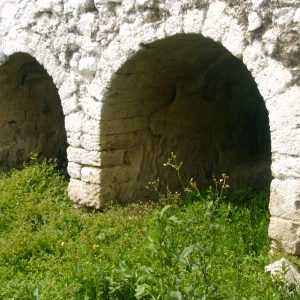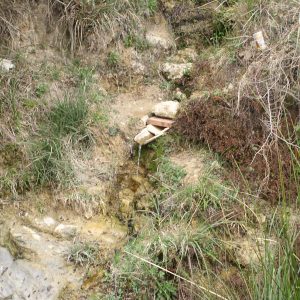This route presents several alternatives along the entire stretch of “Arroyo Morales”. It starts in the first place from the urban area of Algarinejo, in the direction of the “Molinos del Arrabal”. Before crossing the river for the first time, we come across a rest area and a fork in the itinerary towards the right bank (Route C) that leads to another rest area in the middle of the route.
From “Los Molinos” a second alternative path (Route B) also begins to the left parallel to a ditch or ditch, which also ends at the previous rest area. If we continue from here we will cross the area called “Las Calderas”, to find another two branches again: one part (Route D) that goes towards the “Nacimiento de las Llanadas” and the other (Route E) that crosses the farmhouse of the same name and a Romantic Garden behind the building. Both options end on the N-321 road.
From this enclave there is road access to the urban area of Algarinejo, the path of Las Calderas, which leads to the Algarinejo square itself.
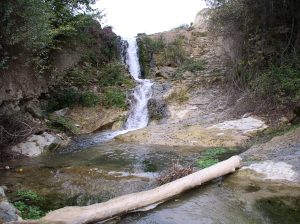
environmental
a limestone environment that was created 40 million years ago has allowed the abrupt confinement of several streams that converge in a main channel called “Arroyo Morales”, a river that reaches Algarinejo itself.
The succession of numerous sources of crystalline water provide great environmental quality and diversity, with large pools and waterfalls that allow bathing and recreation in an area with significant masses of native gallery forest (black and white poplar, willow, walnut , elms, etc.).
Note that the “Nacimiento Fuente de Las Llanadas” and the “Pozas de las Calderas” are the most important outcrops and streams in the municipality.
Presence of a rich and diverse fauna: Water Snake, Ladder Snake, Bastard Snake, Common Toad, Common Frog, Common Greenfinch, Common Nightingale, Eagle Owl. Darttail, Redfish, Dipper, Wagtail, Marten, Weasel, Genet, Mongoose and fish such as the Vogue, the Gypsy Barb, the Tusk, the Rainbow Trout, as well as the alien American Crab.
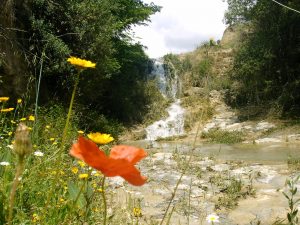
Cultural
The historical use of water in “Arroyo Los Morales” dates back to the 3rd millennium, although since Roman and especially Andalusian times, a space of great natural quality and complexity has been formed that continues to this day. The Muslim era shaped the current agricultural landscape of ditches and orchards that produced vegetables and fruits that were highly appreciated in the regional environment.
Bucket mills powered by the impulse of water, ditches locally called “Caces”, orchards developed on terraces of Andalusian origin, fulling mills for the manufacture of cloth and woolen fabrics from the abundant livestock in the area, bridges and factory complexes or dams , appear on the route as testimonial elements of the past.
The “Complejo Hidroeléctrico de Nueva España” and the “Complejo Fabril de Las Llanadas” are of great interest to learn about the most modern uses of water. The production of oil in mills, the extraction of pomace and the manufacture of flour were activities developed in “Las Llanadas”, one of the best preserved 17th century haciendas in Algarinejo, in the vicinity of which there is a romantic garden from the 19th century and a unique waterfall.
